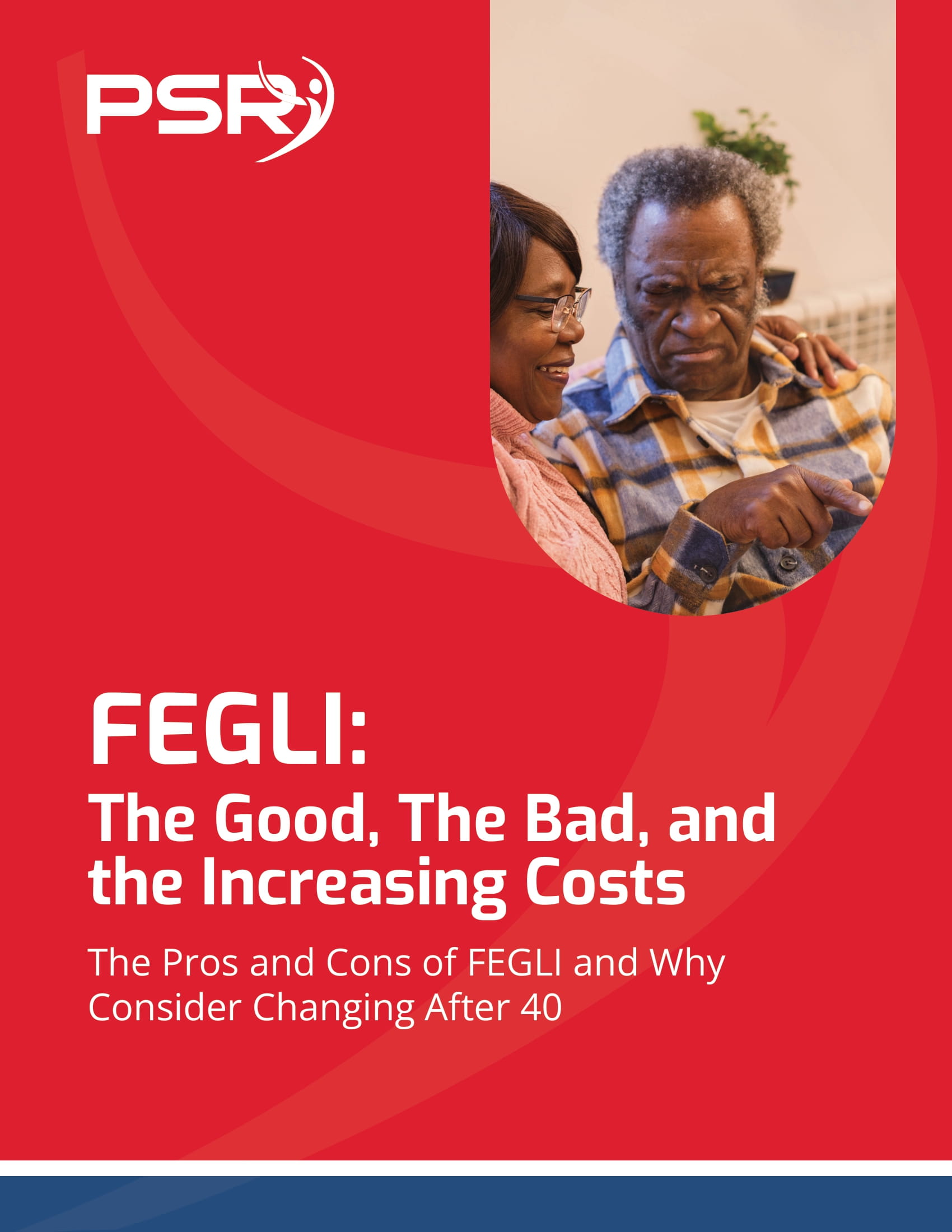Key Takeaways:
-
FEDVIP is about to undergo changes in 2025 that could impact both current employees and retirees—it’s more crucial than ever to understand your dental and vision coverage options.
-
With rising healthcare costs and evolving plan structures, now is the time to explore how FEDVIP can offer significant value and coverage flexibility for federal employees and retirees.
Everything You Need to Know About FEDVIP—Dental and Vision Plans for 2025 Might Surprise You
- Also Read: Federal Retirement Advice You Didn’t Know You Needed—Until Now
- Also Read: The Latest Federal Employee News You Need to Know to Protect Your Retirement
- Also Read: Ready for Retirement? Here’s How Law Enforcement Officers Can Leave the Job with Benefits Intact
Why Dental and Vision Coverage Matters More Than You Think
Dental and vision care often fall by the wayside when people think of healthcare, but they are integral to maintaining good health, especially as we age. Untreated dental issues can lead to more severe health problems like infections, while vision problems can affect everything from safety to quality of life. Unfortunately, many overlook the importance of maintaining strong dental and vision coverage as they transition into retirement. This is where FEDVIP steps in—offering federal employees and retirees comprehensive dental and vision plans that supplement any gaps left by other healthcare programs like FEHB or Medicare.
In 2025, federal employees and retirees will see updates to FEDVIP that may alter how they approach their dental and vision care. Knowing what’s coming and how to adjust your plan selections can ensure you’re prepared for any new costs or coverage limits.
The Upcoming Changes in 2025: What You Need to Know
FEDVIP, while not undergoing a complete overhaul, will see some notable changes in 2025 that could impact federal workers and retirees alike. Rising healthcare costs are one of the biggest factors contributing to these updates. While the specifics of premium adjustments are yet to be finalized, early projections indicate an uptick in costs, particularly for retirees who are managing healthcare on a fixed income.
For those already covered by FEDVIP, it’s essential to review your plan options carefully during the Open Season, which typically runs from November through December. Choosing the right plan can save you money in the long run, especially as premiums and out-of-pocket costs shift in the upcoming year.
Beyond costs, you might find changes to coverage levels. Some plans may adjust their annual maximum benefits or include new services, while others could impose stricter limits on certain types of care. These changes are part of an overall trend in the healthcare industry, where insurers adapt their offerings based on usage patterns and emerging healthcare needs.
Choosing the Right Plan: Know Your Options
One of the greatest benefits of FEDVIP is the ability to choose from multiple providers and plans, allowing employees and retirees to customize their coverage to fit their needs. However, with more choices comes more complexity, and it’s crucial to understand your options before selecting a plan.
FEDVIP offers both dental and vision plans, which are separate from each other, meaning you can choose one without the other, or both, depending on your specific needs. Dental plans typically cover everything from routine cleanings and X-rays to more extensive procedures like crowns and root canals. On the other hand, vision plans focus on routine eye exams, lenses, and frames, with some plans offering additional coverage for corrective surgery like LASIK.
When selecting a plan, take into account your expected healthcare needs for the year ahead. For example, if you’ve been putting off major dental work, a plan with a higher annual benefit limit may be worth the additional cost. Conversely, if your vision needs are relatively simple, a lower-tier vision plan that covers basic exams and glasses might suffice. FEDVIP’s flexibility allows you to choose plans with more coverage when you need it and scale back when you don’t.
How FEDVIP Fits into Your Retirement Healthcare Plan
For federal retirees, healthcare becomes a more complex puzzle with the introduction of Medicare. While Medicare provides some healthcare coverage, it doesn’t cover most dental or vision expenses. This is where FEDVIP shines. By keeping your FEDVIP coverage, you can maintain robust dental and vision benefits without relying solely on Medicare.
Many retirees choose to pair their Medicare coverage with FEDVIP, especially as they age and require more frequent dental and vision care. This combination allows you to maximize your healthcare coverage while keeping out-of-pocket costs manageable. However, as premiums rise in 2025, it’s crucial to reassess whether your current plan is still the best fit for your needs and your budget.
Premiums and Costs in 2025: What to Expect
With healthcare costs on the rise across the board, FEDVIP plans will not be immune to premium increases in 2025. While the specific numbers are still being finalized, expect to see an uptick in the cost of both dental and vision plans. Retirees, in particular, need to plan for these increases, as they often face fixed incomes and may be more vulnerable to rising healthcare costs.
However, while premiums are expected to rise, so too are the options for supplemental benefits. Some plans may offer enhanced coverage for specific services, making it easier for federal employees and retirees to access care without worrying about unexpected expenses. For instance, certain dental plans may expand their coverage of orthodontics or add benefits for newer procedures, while vision plans might increase coverage for advanced lenses or surgical procedures.
The key is to balance your healthcare needs with the cost of the plan. Sometimes, paying a little more in premiums can save you thousands in the long run, particularly if you know you’ll need significant dental or vision work in the coming year. On the flip side, if your healthcare needs are relatively simple, opting for a lower-cost plan may help you keep more money in your pocket.
What Former Spouses Need to Know
One of the limitations of FEDVIP is that it does not cover former spouses, even if they are eligible for health benefits through the Federal Employees Health Benefits (FEHB) program. If you’re a former spouse who’s reliant on federal employee benefits, you’ll need to look elsewhere for dental and vision coverage. Fortunately, many private insurers offer similar plans, though it’s important to compare them carefully, especially in terms of cost and coverage.
Temporary Continuation of Coverage (TCC) is another option for those going through a divorce. TCC allows you to continue coverage under your current federal employee benefits plan for up to 36 months after your coverage would have otherwise ended. However, premiums can be significantly higher than what active federal employees pay, so this option is typically best used as a temporary stopgap while you explore other long-term coverage options.
The Open Season Window: Your Opportunity to Make Changes
Every year, federal employees and retirees have a limited window of time—typically between November and December—known as Open Season, during which they can enroll in, change, or cancel their FEDVIP plans. If you don’t make any changes, you’ll be automatically re-enrolled in your current plan. However, with the anticipated changes in 2025, it’s more important than ever to review your options carefully.
During this period, you’ll want to compare plans side-by-side, taking into account the premium changes, coverage adjustments, and your expected healthcare needs for the coming year. Don’t wait until the last minute to make your decision—take the time to review all available options and ensure you’re getting the best possible coverage at the most reasonable cost.
Navigating 2025: Your Path to Better Dental and Vision Coverage
As healthcare continues to evolve, so too does the landscape of federal employee benefits. FEDVIP’s upcoming changes reflect the growing need for comprehensive dental and vision care as federal workers and retirees plan for their long-term health. With premiums likely to rise and coverage limits potentially shifting, it’s more important than ever to stay informed and make strategic decisions about your healthcare coverage.
By understanding your options, comparing available plans, and anticipating future healthcare needs, you can ensure that your dental and vision coverage aligns with your goals for 2025 and beyond. Keep an eye on Open Season and be ready to make adjustments as necessary—it could make a world of difference in both your health and your finances.
Staying Ahead of the Changes in FEDVIP Dental and Vision Coverage
Now is the time to start preparing for the shifts in dental and vision coverage under FEDVIP. As federal employees and retirees, understanding these changes can help you avoid unnecessary expenses and ensure you receive the care you need in 2025. By taking advantage of the upcoming Open Season and reevaluating your plan options, you can make informed choices that support your long-term healthcare needs.












